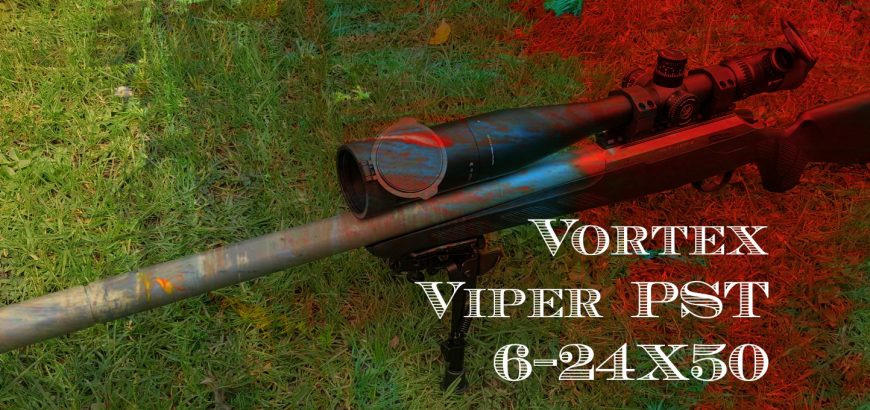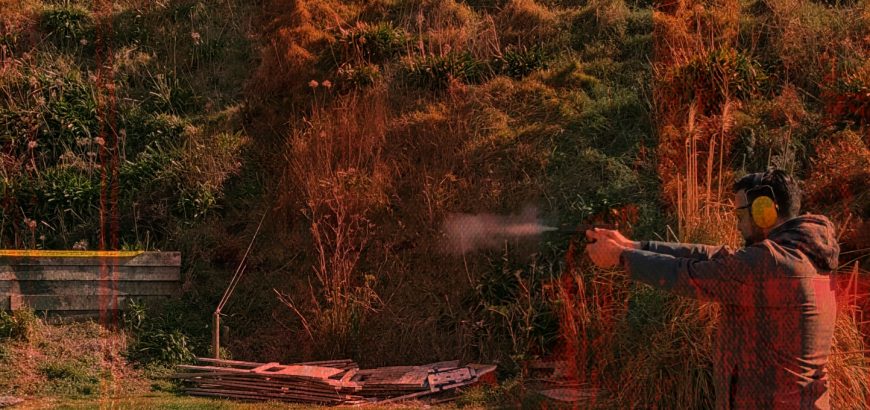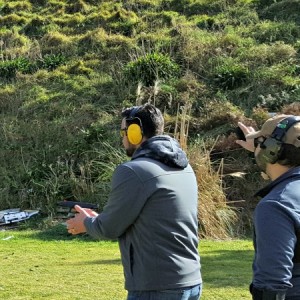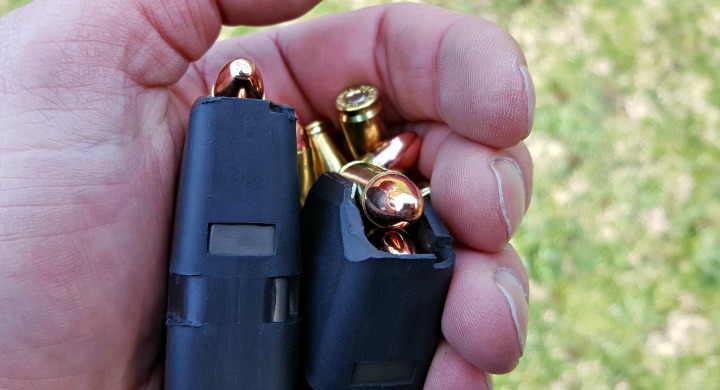If you’re just getting into reloading, or perhaps you’ve decided to look at reloading a second calibre, you may have come across a decapping die and wondered if there should be one on your reloading bench. Well… maybe. Full length sizing dies (the ones you probably will start with) and neck sizing dies will deprime your brass as you size the case. But there are a few situations where you may want a decapping die.
Cleaning or tumbling brass
Very quickly, there are two reasons to clean your brass with either an ultrasonic cleaner or a media tumbler. Firstly, this adds another step to your reload process, but it does mean your primer pockets will get a clean (more likely with an ultrasonic cleaner), as well as the inside of the case, reducing powder residue build up at the neck. Secondly, cleaning the gunk off the outside of your case will keep your sizing dies in better condition for longer.
So, how do you decap without actually sizing the case? Well, it’s obvious now, but a universal decapping die is the answer to that question. Because the die body is oversized, it will not contact the walls or neck of the case, meaning you don’t have to apply any lubrication and the case shape won’t be changed.
It’s a quick process and I can deprime hundreds of 9mm cases in an hour. Chuck that lot in the cleaner, deprime some more, and start resizing the cleaned cases once they’re dry. It just becomes part of your routine.
Keeping your case shape
Sometimes you want to do something different with your brass. For example, if you slug your old 303 SMLE and find it’s got an oversize bore (surprise surprise), you may want to load it with oversize cast lead projectiles, with a .314 or even .316 diameter if you’re really trying to save an old mate.
In cases like these (no pun intended), you may not even want to resize your brass. You could simply trim your brass to length and flare the case mouth if necessary (that’s another die you’ll need), or it may fit just fine. There’s nothing to say you have to rezise a case again to shoot it, which is the basic principle behind neck sizing. If it’s fired in the same rifle it should chamber easily.
I’m sure there are other scenarios where you might want to keep case shape, but that’s the first that springs to mind. Otherwise, if you’re a cartridge collector, wildcatter, or ammunition hobbyist of some sort, I’m sure you already have a decapping die on hand. You could even be using one of these dies if you want to use spent cases to make jewelry or art, or if you want to modify a case to be a case-length gauge. All sorts of things you can do…
Types of decapping die
I’m sure there are many out there, but the two that I have tried have been Lyman and Lee. The Lyman is a one-piece hardened steel decapping rod, which they claim is “virtually unbreakable” and is suited to all calibres between .22 and .45, excluding .378 and .460 Weatherby. They even say it’s suitable for crimped in military primers (I haven’t tried).

The Lee universal decapping die is based on a collet design, and if the decapping rod is subjected to too much force/resistance, it will simply slide up and you can reset it with a couple of spanners. Both designs work fine and neither die is too expensive. The Lee universal decapping die is available from Gunworks for $30 and if you can’t find the Lyman die at a local store, you can order directly from their website.

Other things you will need
You will need a case holder for all the different rounds you intend to decap. This sounds obvious, but, for example, if you’ve decided to get a head start and begin cleaning cases you’ll be reloading in the future, you may not have thought to buy a case holder yet. Thankfully these only cost about $13 or $15, and you’ll need one anyway. Or, you can get a bunch of various common sizes in one of the Lee case holder sets (make sure they’re not for the autoprime).
Of course you’ll need a press and a bench, etc, etc, but you knew that already.








